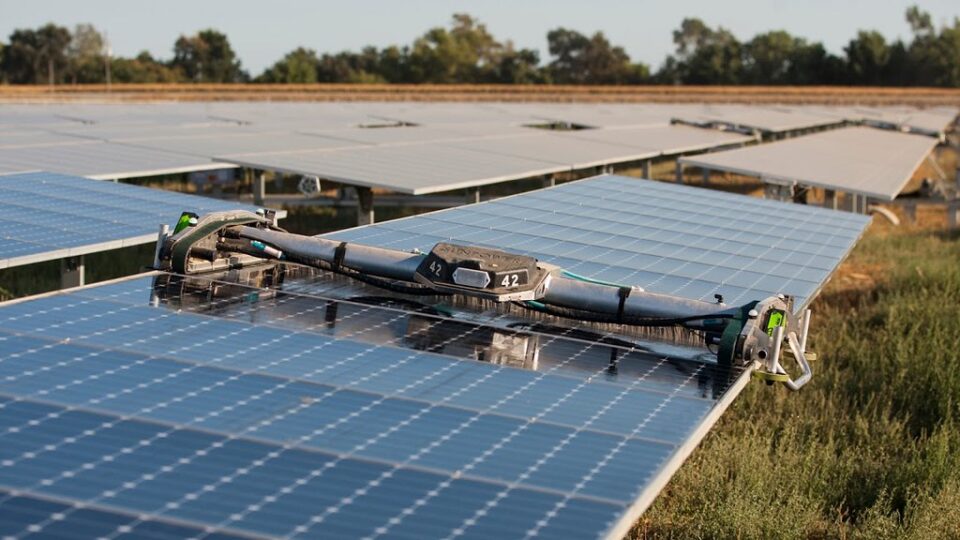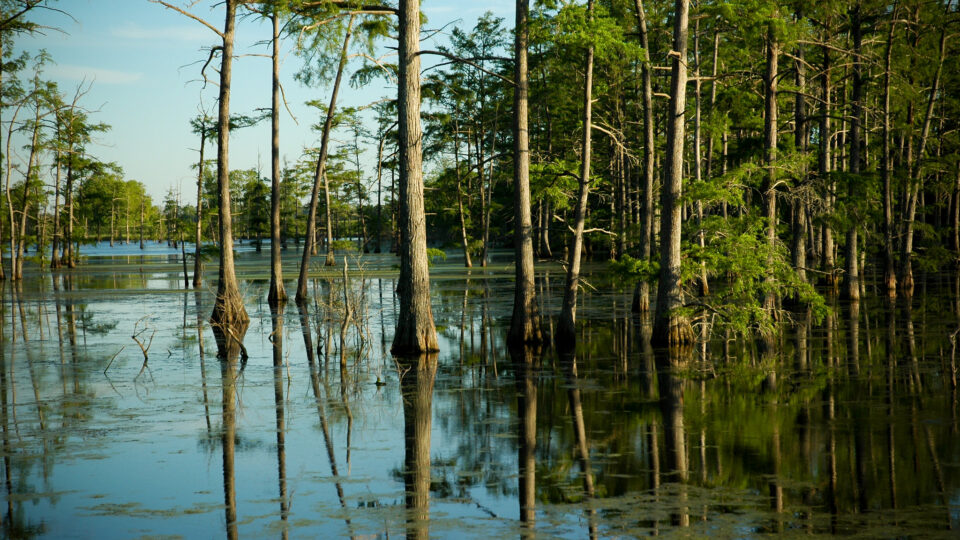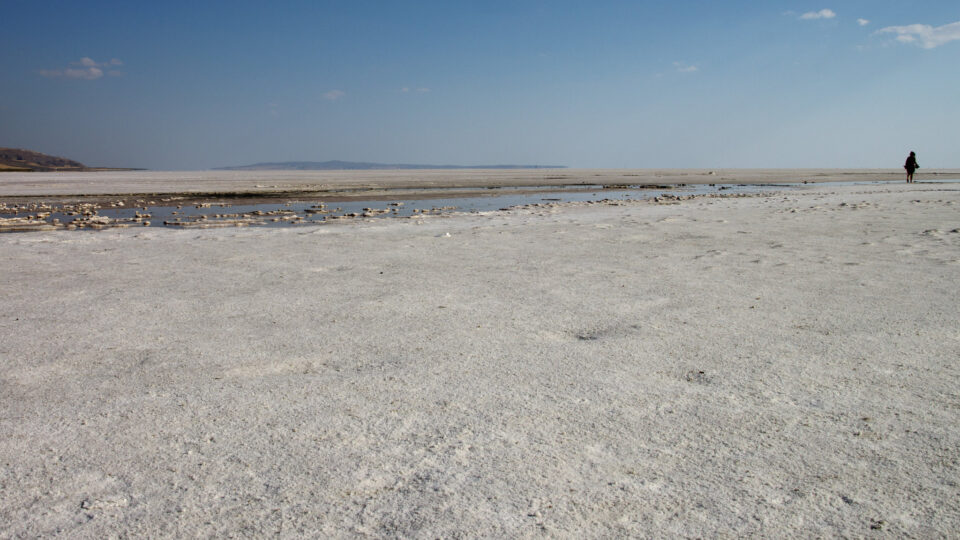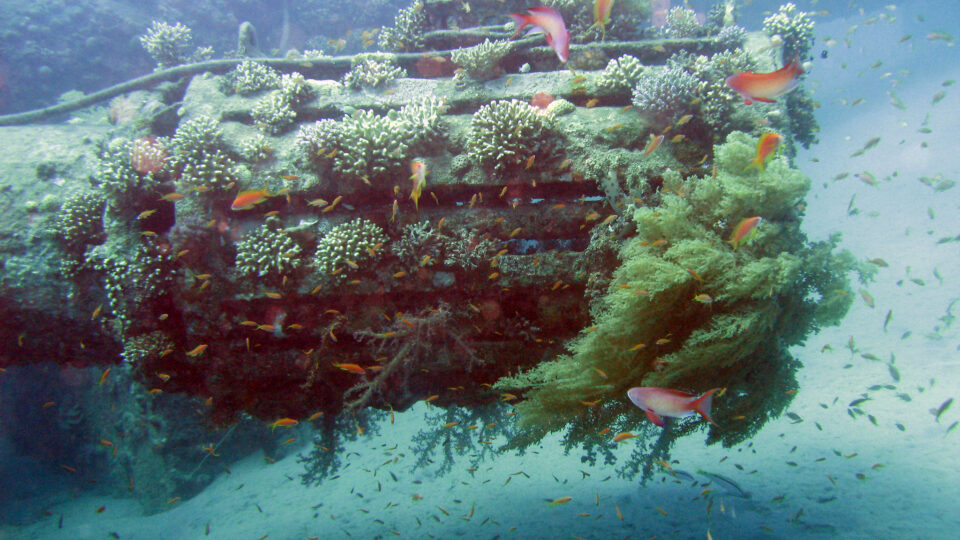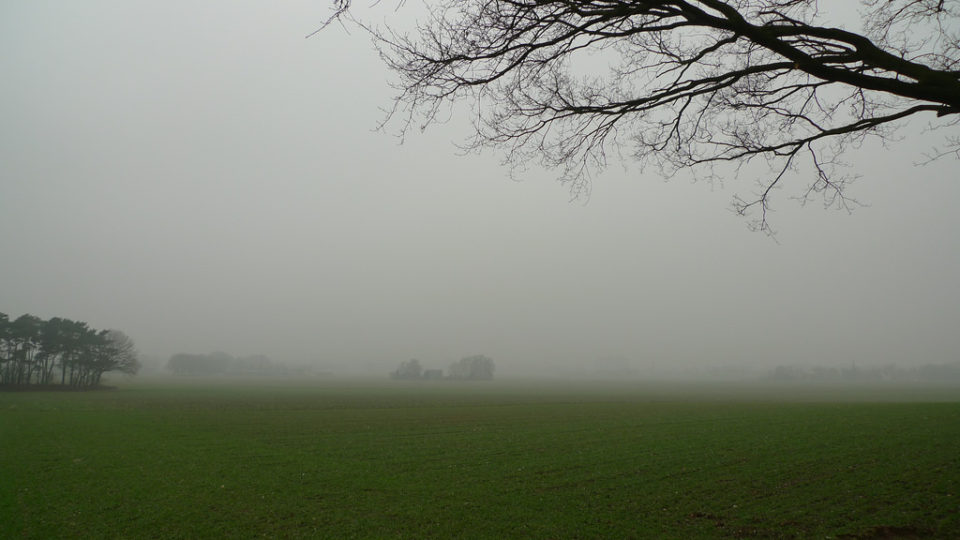Solar power is a prime example of clean energy, but it does not come without complications and potential problems. One problem that has arisen in the Californian desert is the effect on scarce water supplies. Solar farms don’t use up water when they are operating but they consume it when they are being built.
One of the densest areas of solar development in North America is in a corridor along Interstate 10 near Palm Springs, California. Multiple utility-scale solar projects are underway near the small town of Desert Center. The projects are being built on public land overseen by the Department of Interior’s Bureau of Land Management. The location is ideal for solar power projects: endless sunshine, nearby transmission lines to distribute power, and a major highway for easy transportation of construction materials.
The problem is that during construction of the solar farms, the law requires developers to reduce the amount of dust being generated that can otherwise spread health problems like Valley Fever. Preventing dust from flying requires water and lots of it.
The water comes from groundwater and building the solar farms is drying up local wells and emptying the aquifer that is part of the Chuckwalla Valley Groundwater Basin. For the people who live in Desert Center and adjacent areas, this is a serious problem. It is also a problem for the desert ecosystem that supports palo verde and ironwood trees as well as endangered desert tortoises.
This isn’t an easy problem to solve. Seven approved new utility-scale solar projects in the area will provide enough electricity to power 2 million homes. But having enough water to build those projects won’t be easy.
**********
Web Links
Solar Is Booming in the California Desert, if Water Issues Don’t Get in the Way
Photo, posted October 16, 2017, courtesy of UC Davis College of Engineering via Flickr.
Earth Wise is a production of WAMC Northeast Public Radio
